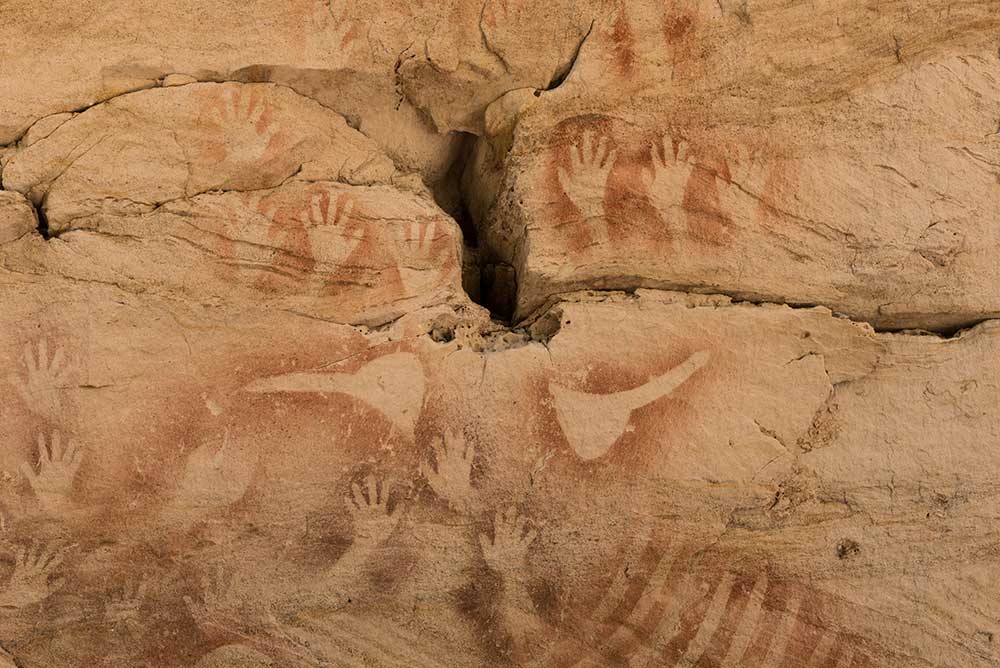Australia is home to numerous traditional Aboriginal groups, each with their own own language and customs. Before European colonisation, it is estimated that there were between 250 and 300 separate Aboriginal languages spoken throughout the country, each with its own unique grammar, syntax, and lexicon.
First Nations People have occupied the continent for almost 60,000 years, during which time they have formed a profound relationship with the land and animal inhabitants. This connection is mirrored in the numerous diverse languages used by Aboriginal communities across the country, which often feature words and phrases that depict the natural environment in rich detail.
Despite the enormous linguistic diversity of traditional Aboriginal cultures, many of these languages are now endangered or extinct. The process of colonisation by European settlers, which began in the late 18th century, brought with it a range of new diseases and social upheaval that decimated many Aboriginal communities. As a result, fewer than twenty languages are currently spoken by significant numbers of people.
Pitjantjatjara, which the Anangu people of central Australia speak, is one of the most frequently spoken Aboriginal languages. This language is a part of the Western Desert language group and is closely connected to surrounding languages. Another widely spoken language is Yolngu Matha, which is spoken in the northern region of Australia and contains a number of dialects.
Other Aboriginal languages include Warlpiri, spoken by the Warlpiri people in the Northern Territory, and Kriol, a creole language that has arisen from English and numerous Aboriginal languages. Many of these languages are at risk of dying altogether, with others having only a handful of speakers left.
Here is a further list of some of the traditional Aboriginal groups and their languages found in Australia, but please note that this is not an exhaustive list and there may be variations in spelling and dialects. Additionally, it is important to recognize that many of these languages are endangered or have already become extinct.
| Adnyamathanha | Tiwi |
| Anindilyakwa | Warlpiri |
| Arrernte (Aranda) | Yolngu Matha |
| Awabakal | Anangu (Pitjantjatjara, Yankunytjatjara) |
| Barkindji (Paakantyi) | Bundjalung |
| Dharawal | Gunditjmara |
| Dhurga | Kija (Kimberley Region) |
| Gamilaraay (Kamilaroi) | Kulin Nation (Woiwurrung, Boonwurrung, Wathaurong, Taungurung, Djadjawurrung) |
| Gumbaynggirr | Larrakia |
| Kalkatungu | Ngarinyin |
| Kriol | Ngunnawal |
| Murrinh-Patha | Palawa (Tasmania) |
| Ngarluma | Yolngu (Yolŋu Matha) |
| Noongar (Nyungar) | Bidjara |
| Palawa Kani (Tasmania) | Kaurna |
| Pitjantjatjara | Ngarinyman |
| Yugambeh |
Efforts are being made to conserve and teach these essential languages to future generations. One option is language revitalisation projects, which attempt to teach younger Aboriginal people about their culture and traditions and encourage them to learn and use traditional languages.
The traditional Aboriginal groups of Australia reflect a rich and diversified culture with a unique set of customs and languages. While many of these languages have been lost through time, efforts are being made to preserve and revitalise them, hopefully ensuring that they will continue to play an important role in the cultural history of First Nations People for many generations to come.




